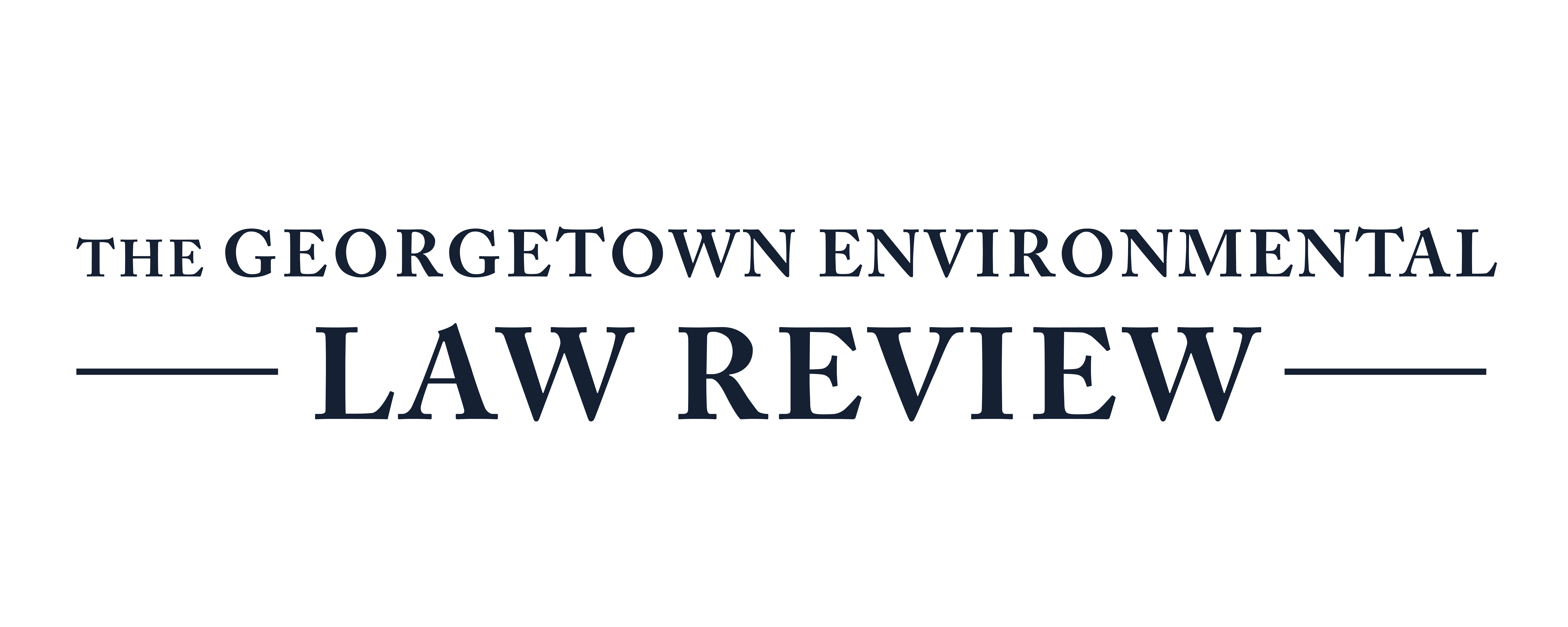Burning Down the House: Wildfires, Cultural Burning, and the Perverse Incentive Structure of the Clean Air Act
Rising global temperatures are contributing to an alarming trend of increasingly damaging wildland fires. Controlled burns (or prescribed fires) can mitigate wildfire smoke and break the cycle of increasingly destructive wildfires. However, United States forest policy has long focused on fire suppression. This Note discusses how federal regulations, particularly under the Clean Air Act, discourage controlled burns.
The Clean Air Act establishes a complex regulatory framework for managing air quality. The “exceptional events” provision allows regulatory flexibility for wildfire emissions but does not give the same to prescribed burns. Although some scholarship has discussed the exceptional events rule, there is no current scholarship that examines the particular hardships this rule places on Native American populations. A case study of the Klamath region of California highlights how the displacement of Yurok and Karuk Tribes disrupted controlled burns, and how current efforts to restore Tribal burning practices face practical regulatory barriers.
This Note underscores the need to clarify federal positions and adjust the exceptional events rule to align better with public health goals. It recommends that Congress redefine “exceptional events” to account for prescribed burns and urges the Environmental Protection Agency to publish clearer guidance documents for both prescribed burns and wildfires, considering the latest science on emissions from both sources.
Continue reading Burning Down the House: Wildfires, Cultural Burning, and the Perverse Incentive Structure of the Clean Air Act
Burning Down the House Subscribe to GELR
